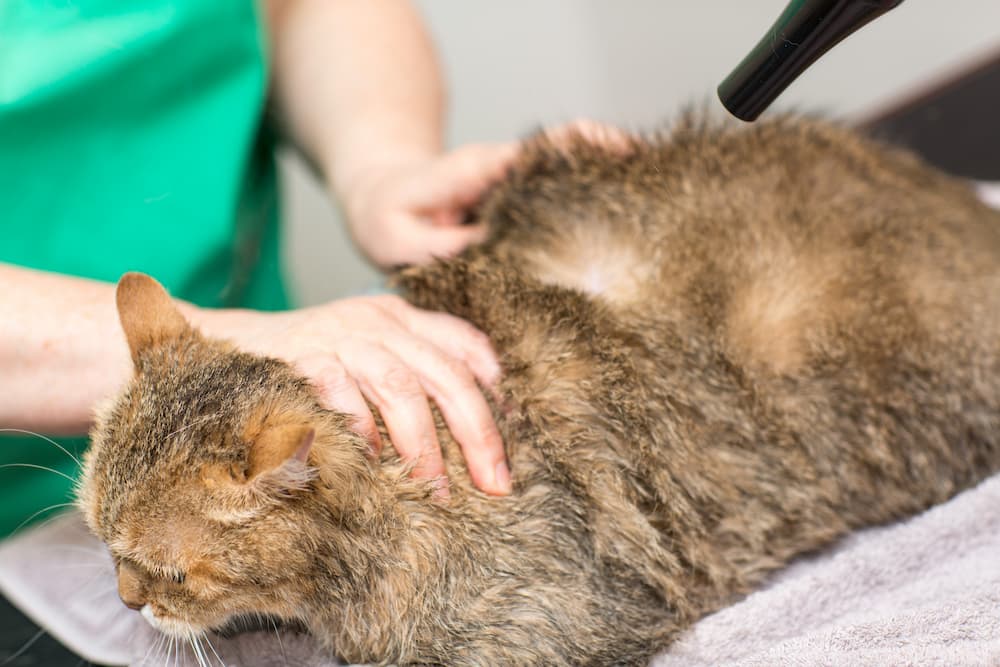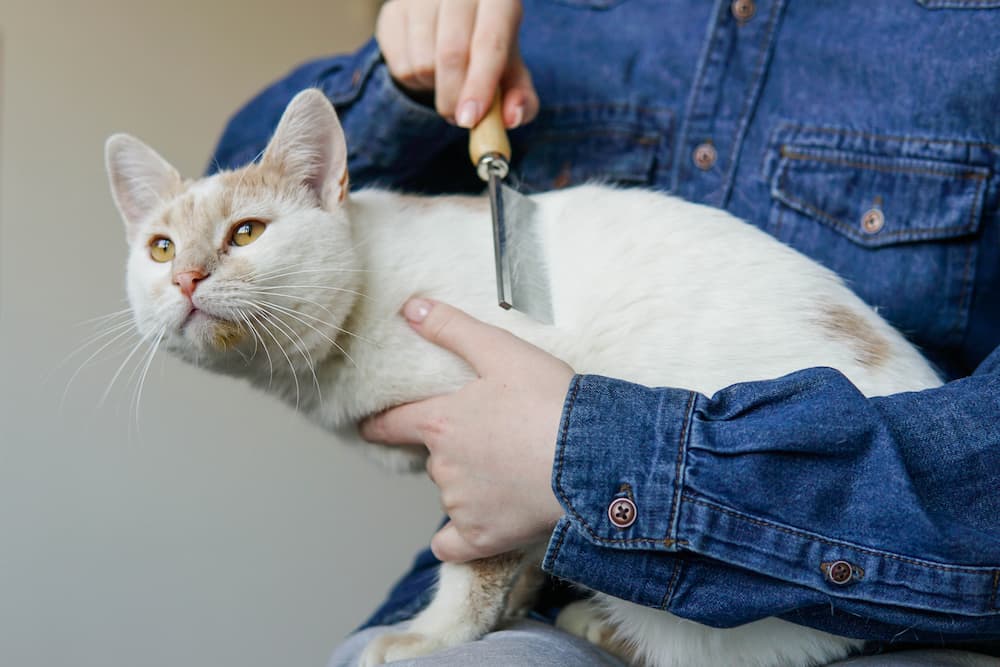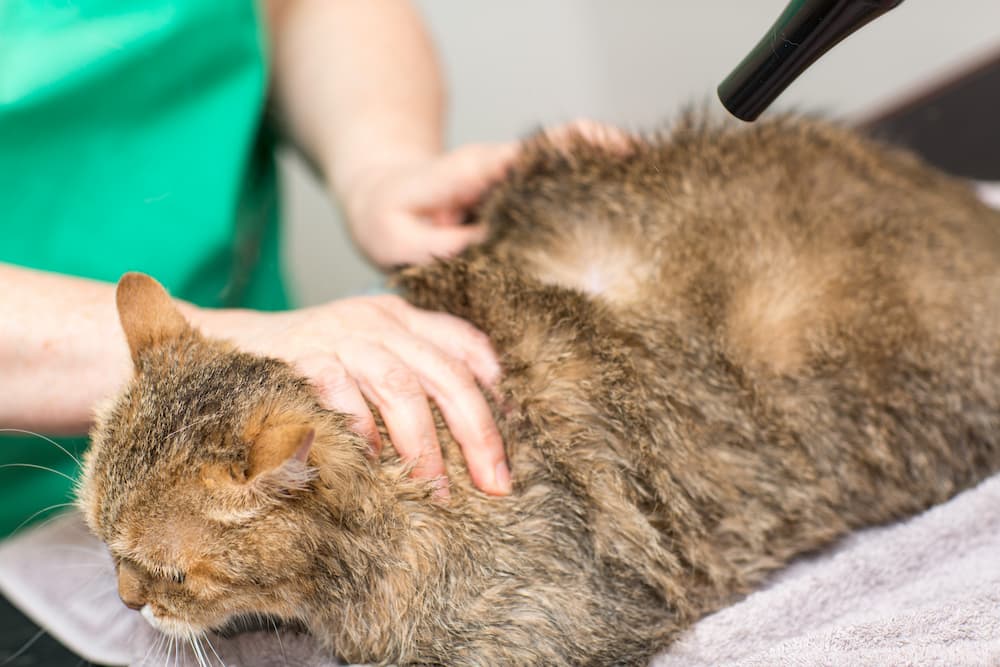Bringing a cat into your home brings a tremendous amount of joy, companionship, and the occasional head bump. Unfortunately, it can also introduce a more unwelcome guest—the flea. These minuscule critters are not choosy hosts and can cause quite a nuisance for your feline friend. Here’s a step-by-step guide on how to know if your cat has fleas, and what to do about it if you find them.

How Fleas Affect Cats
Fleas are tiny, wingless insects that feed on the blood of their hosts. The most common flea affecting cats is the cat flea, Ctenocephalides felis. Despite their small size, fleas can cause a multitude of health issues for your cat, ranging from mild irritation to more severe conditions like anemia or flea allergy dermatitis. To complicate matters, cat fleas have a life cycle from egg to adult that lasts about 2-3 weeks — meaning infestations can happen unexpectedly and very quickly!
6 Signs Your Cat Might Have Fleas
Discovering whether your beloved cat has fleas can be a challenging task, given their tiny size and your pet’s thick fur. However, there are definitive signs you can look for to determine if these pesky insects have made your cat their new home. Vigilance is key, as early detection can prevent more serious health issues and ensure your cat remains comfortable and happy. Below, we’ll outline some clear signs that fleas might be troubling your feline friend.
1. Excessive Scratching and Biting
Cats groom themselves regularly, but excessive scratching, particularly around the neck and over the base of the tail, can indicate a flea infestation. Similarly, if your cat seems to be biting or licking at their coat more than usual, fleas might be the cause.
2. Redness and Irritation of the Skin
Fleas leave behind salivary secretions that can irritate your cat’s skin and cause redness or inflammation. You might also notice small, red bumps on areas your cat can’t reach to groom, such as the belly.

3. Presence of Flea Dirt (Black Specks) in the Fur
Flea dirt is the excrement left behind by fleas and looks like small, black specks embedded in your cat’s fur. You can distinguish flea dirt from regular dirt by placing a few specks on a wet paper towel – if it turns reddish due to the flea’s blood meal, it’s flea dirt.
4. Hair Loss and Hot Spots
Fleas often cause cats to over-groom, leading to patches of hair loss and hot spots, which are areas of inflamed skin that your cat may chew at or irritate further.
5. Signs of Tapeworms
Tapeworms are a common result of flea infestations, as cats can ingest fleas while grooming. If you notice small, white segments resembling grains of rice in your cat’s litter box or stuck to the fur around their anus, it could be tapeworms. Tapeworms can be easily treated with medication by your veterinarian, but you’ll need to also get rid of the fleas that caused them.
How to Conduct a Flea Check on Your Cat
Conducting a thorough flea check on your cat is an important step toward identifying a potential infestation early on. This task can be somewhat tricky due to the small size of the fleas and the dense fur of many cats, but with patience and the right approach, you can effectively search for these unwelcome pests. In the next section, we will guide you through many ways to inspect your cat for fleas.
Visual Inspection of the Fur and Skin
Spend a few minutes looking over your cat’s fur and skin, especially in areas where fleas tend to congregate, such as the neck, back, and belly. If you see any small, dark insects scurrying through their fur, you’ve got a flea problem.

Using a Flea Comb to Detect Fleas and Flea Dirt
Running a flea comb through your cat’s fur can help detect flea dirt and the fleas themselves. Have a bowl of soapy water ready to dunk the comb into; fleas and flea dirt will float, making detection easier.
Checking Common Flea Hotspots
If you think your cat has fleas, you should also check for them in common hotspots, like the base of the tail and behind the ears, where the comb might not reach as easily.
The Importance of Flea Detection and Treatment
Now that you know how to tell if your cat has fleas, It’s important to understand that these little pests don’t just make your cat itchy; they can cause serious health risks. Untreated infestations can lead to anemia, especially in kittens, and exacerbate skin conditions like flea allergy dermatitis. Treating fleas on your cat is critical for their health and comfort, and for preventing flea-borne diseases from entering your home.
The Risks of Untreated Flea Infestations
Fleas are more than just pesky insects; they can carry and transmit a variety of diseases to both humans and cats. These include tapeworms, Bartonella (aka “cat scratch fever” or “cat scratch disease”), and mycoplasma haemofelis, which can cause severe anemia in cats. Therefore, it’s essential to detect and treat flea infestations as early as possible.
The Benefits of Flea Prevention in Cats
Preventing flea infestations is always easier and more effective than trying to treat them once they have taken hold. Regularly checking your cat for fleas and implementing flea prevention measures can help keep both your cat and home healthy and happy. Remember, even if you only see one or two fleas on your pet, there could be hundreds of eggs, larvae, and pupae in your home, waiting to hatch and start the cycle all over again. Taking prompt action at the first sign of fleas can prevent a full-blown infestation in your home.
An adult flea can lay up to 20 eggs a day! See more Freaky Facts You Didn’t Know About Fleas & Ticks
Methods of Flea Prevention for Cats

There are several methods to control and prevent fleas. Depending on the severity of the infestation or the location where you live, you may need to combine two or more of these to completely control fleas:
- Topical flea treatments: These are applied directly to the cat’s skin and provide long-lasting protection. Examples include Advantage II and Frontline Plus. Note: Be sure you only buy the cat-specific version of these products because the product for dogs may have ingredients that are deadly to cats.
- Oral flea medications: Systemic treatments that kill fleas on your cat. This includes products like Capstar, which will kill all adult fleas on your cat within half an hour. However, you’ll still need to treat with a preventative to prevent re-infestation.
- Flea collars: Continuous protection for your cat. Many flea collars are ineffective. Opt for Seresto if you choose this method of flea control.
- Environmental control: Vacuuming and washing areas your cat frequents, as well as using flea control products in your home, can help eliminate fleas at every stage of development. Examples include Adams Home Spray and Vet’s Best Flea and Tick Home Spray
- Regular grooming: Brushing your cat promotes skin and coat health and can remove fleas and flea dirt.
- Flea sprays and powders: Applied to the cat’s fur or environment, these can kill fleas and prevent infestations. A great choice for cats is Wondercide Natural Spray for Pets & Home in lemongrass scent.
- Flea baths: Special shampoos designed to kill fleas on contact can be used for additional relief. Again, be sure to ONLY buy flea shampoo for cats, as some dog shampoos may contain harmful ingredients.
Conclusion
Now that we’ve solved how to know if your cat has fleas—whether it’s spotting the signs of flea dirt or finding them through regular grooming sessions—remember, flea prevention is not just a one-off task but an ongoing battle to keep your beloved cat happy, healthy, and itch-free.
Remember, the bond between you and your cat is unbreakable, but thankfully, the lifecycle of a flea is not. With a little vigilance and the right preventative measures, you can keep those uninvited guests from crashing your cuddle sessions. Keep up the good fight against fleas!
The Catington Post is reader-supported. That means, if you make a purchase through links on our site, we may earn an affiliate commission. All images and names which are not the property of The Catington Post are the property of their respective owners.








